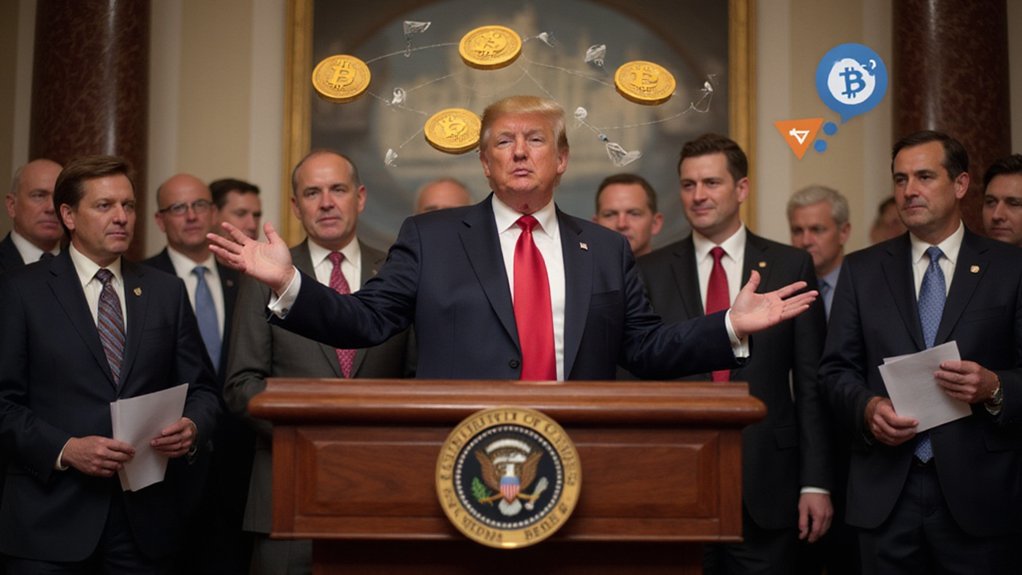While Bitcoin emerged as a rebellious experiment in decentralized finance—one that explicitly sought to circumvent traditional banking systems and governmental oversight—its inexorable march toward mainstream acceptance has required an equally inexorable journey toward regulatory compliance.
The transformation began in earnest during 2013, when the U.S. Financial Crimes Enforcement Network delivered its verdict: Bitcoin would be classified as a “virtual currency” rather than legal tender, though this distinction proved less liberating than one might expect.
While individual users escaped the onerous money services business registration requirements, entities generating and selling bitcoins—including miners who perhaps thought they were simply solving mathematical puzzles—suddenly found themselves categorized as money transmitters subject to extensive MSB compliance protocols.
The regulatory apparatus responded with characteristic thoroughness. Numerous virtual currency exchanges and administrators dutifully registered with FinCEN, generating an increased flow of suspicious activity reports that demonstrated growing institutional oversight (whether this represented progress or surveillance depends largely on one’s philosophical orientation toward financial privacy).
Market dynamics between 2013 and 2017 accelerated regulatory attention as Bitcoin’s price volatility and expanding circulation attracted both international fascination and governmental concern.
While some jurisdictions like Thailand and China imposed outright bans, others—notably Japan—extended legal currency recognition, creating a patchwork of regulatory approaches that reflected the global community’s uncertainty about cryptocurrency’s ultimate trajectory. The first Bitcoin ATM launched in Vancouver, Canada, in October 2013, marking a significant milestone in cryptocurrency’s physical accessibility.
The banking sector’s engagement evolved considerably between 2020 and 2023, as the Office of the Comptroller of the Currency simultaneously enforced anti-money laundering compliance while proposing rules ensuring fair access to banking services for crypto-related businesses.
The OCC’s interpretive letters authorizing blockchain and stablecoin payment activities, alongside conditional charters for specialized crypto trust companies like Anchorage Digital Bank, signaled institutional acceptance. President Trump’s executive order establishing a Presidential Working Group on Digital Asset Markets marked a decisive shift toward comprehensive regulatory coordination across federal agencies.
The Securities and Exchange Commission’s 2025 crypto task force formation represents perhaps the most extensive regulatory embrace yet, emphasizing clear frameworks and realistic registration paths while coordinating with Congress, the Commodity Futures Trading Commission, and international regulators. Traditional banks have responded by integrating digital assets into their infrastructure, with 64% of clients preferring to access digital assets through familiar banking channels rather than specialized crypto platforms.
The replacement of SAB 121 with SAB 122 for crypto asset accounting treatment suggests that Bitcoin’s journey from anarchic experiment to regulated financial instrument has reached institutional maturity—though whether this represents triumph or capitulation remains an open question.









